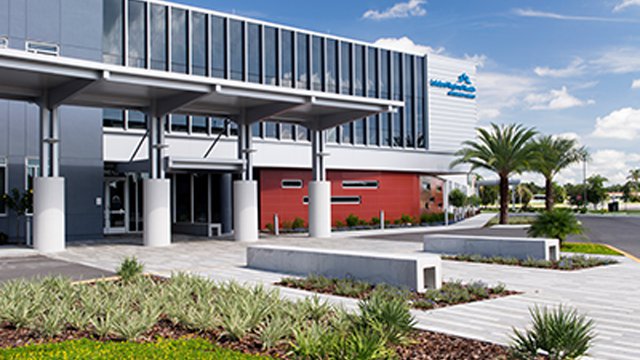The Houston Heights was of the first communities to actually be planned for in advance by developers in the state of Texas. Shaun Vembutty notices how it is dotted with odd idiosyncrasies in landscape and what it offers as a community compared to other outlying cities from the Downtown area in the Houston sprawl. According to Shaun Vembutty, it has been referred to by a local Houston editor as “Houston’s own mini Austin” with its vast assortment of restaurants known for their chill atmosphere and the thickly canopied tree cover that splashes the walk-able streets in a deep plush of green. Some of the after hours dining spots also include tastefully trendy beer gardens, such as Coltivare Pizza and Garden on White Oak Drive, where fresh produce from their property garden is included in Italian inspired menu items.
Much of the nightlife in the Heights is characterized by the growing population of young business professionals, which necessitates the likes of Sonoma Wine Bar & Restaurant on Studewood Street that boasts an eclecticly delicious Sunday Brunch. One of the more casual favorites is the Lei Low Bar, a tiki-inspired decore that features Caribbean style cocktails with a Polynesian theme. Interestingly enough, the Heights has a long history of banning alcohol to be sold in stores or establishments since Prohibition in 1912.
It was only recently lifted by a Proposition vote in 2016 that allowed alcohol to be sold in stores so long as it was not consumed on the premises. It became legal for restaurants and bars to have typical liquor licenses to serve customers provided they met the Federal age of 21. Local restaurants and bars previously skirted this outdated law by way of having their customers sign up with them as club members so they could consume alcohol on their property. However, the recent lift on this ban has significantly reshaped the economic and entertainment landscape of the Heights in Houston. Shaun Vembutty believes one of the iconic focal points of the Heights nightlife is located at 339 W 19th St.
The original HEIGHTS THEATER that has been restored from the early 1900s has charming curb appeal with its vertical street sign illuminated for all of to see. It is now available for private events and hosts many modern day concerts where yelp users rave about every seat in the house providing an up close and personal experience that is simply not found in more modernly constructed concert venues.
Much of the alluring aspect of the Heights is the quaintly obscure variety of properties, both residential and commercial, that together mosaic-ally comprises the overall atmosphere of the general community as a whole. Associates at Ashton Gray Development recognize that a ready to live in home in the Heights for less than $200K is becoming a difficult find, as property values between the years of 2002 and 2003 increased by almost 9%. Cross examine this to an article published in 1976, where words such as “seedy” and “middle-class” were used to describe a district once deemed to have fashionable housing, but at the time was known as the area of town you didn’t want to be caught alone on foot once the sun goes down.
Much of the nightlife in the Heights is characterized by the growing population of young business professionals, which necessitates the likes of Sonoma Wine Bar & Restaurant on Studewood Street that boasts an eclecticly delicious Sunday Brunch. One of the more casual favorites is the Lei Low Bar, a tiki-inspired decore that features Caribbean style cocktails with a Polynesian theme. Interestingly enough, the Heights has a long history of banning alcohol to be sold in stores or establishments since Prohibition in 1912.
It was only recently lifted by a Proposition vote in 2016 that allowed alcohol to be sold in stores so long as it was not consumed on the premises. It became legal for restaurants and bars to have typical liquor licenses to serve customers provided they met the Federal age of 21. Local restaurants and bars previously skirted this outdated law by way of having their customers sign up with them as club members so they could consume alcohol on their property. However, the recent lift on this ban has significantly reshaped the economic and entertainment landscape of the Heights in Houston. Shaun Vembutty believes one of the iconic focal points of the Heights nightlife is located at 339 W 19th St.
The original HEIGHTS THEATER that has been restored from the early 1900s has charming curb appeal with its vertical street sign illuminated for all of to see. It is now available for private events and hosts many modern day concerts where yelp users rave about every seat in the house providing an up close and personal experience that is simply not found in more modernly constructed concert venues.
Much of the alluring aspect of the Heights is the quaintly obscure variety of properties, both residential and commercial, that together mosaic-ally comprises the overall atmosphere of the general community as a whole. Associates at Ashton Gray Development recognize that a ready to live in home in the Heights for less than $200K is becoming a difficult find, as property values between the years of 2002 and 2003 increased by almost 9%. Cross examine this to an article published in 1976, where words such as “seedy” and “middle-class” were used to describe a district once deemed to have fashionable housing, but at the time was known as the area of town you didn’t want to be caught alone on foot once the sun goes down.








